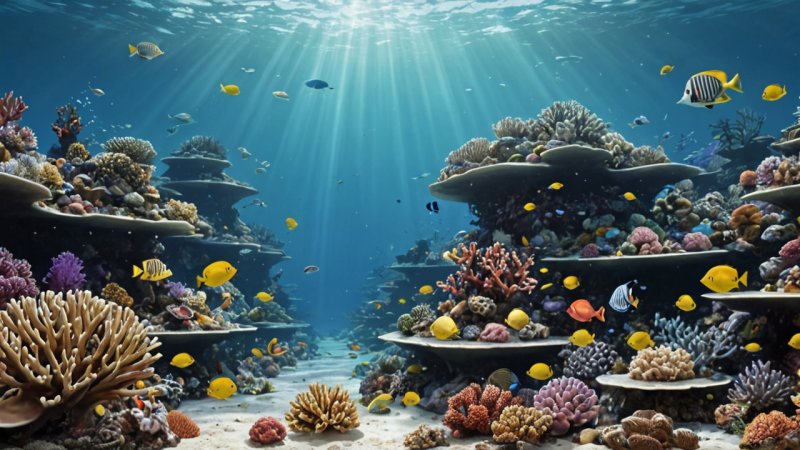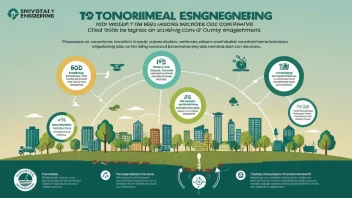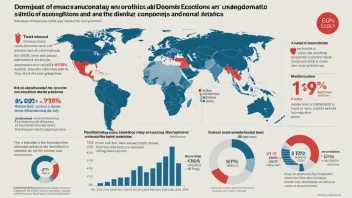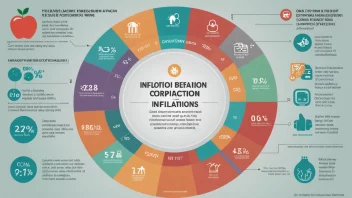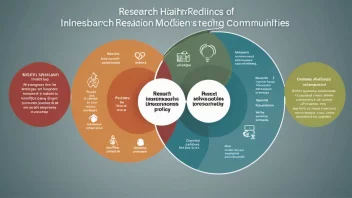Introduction
Climate change is a significant global challenge that manifests in various forms, one of which is ocean acidification. As carbon dioxide (CO2) levels rise in the atmosphere, a considerable portion of this gas is absorbed by the oceans, leading to a series of chemical reactions that lower the pH levels of seawater. This article explores the top five ways climate change is impacting ocean acidification and the broader implications for marine ecosystems and human life.
1. Increased Carbon Dioxide Absorption
The oceans absorb about 30% of the CO2 emitted into the atmosphere. As greenhouse gas emissions continue to rise, the amount of CO2 absorbed by the oceans increases, leading to higher levels of carbonic acid. This process lowers the pH of ocean water, making it more acidic.
2. Impact on Marine Life
Ocean acidification has profound effects on marine organisms, particularly those with calcium carbonate shells or skeletons, such as corals, mollusks, and some plankton species. The increased acidity makes it more difficult for these organisms to form their shells, which can lead to decreased populations and biodiversity.
3. Disruption of Food Chains
The effects of ocean acidification ripple through marine food webs. As foundational species like plankton struggle to survive, the entire food chain is at risk. Fish and other marine animals that rely on these organisms for food may face severe population declines, impacting both marine ecosystems and fisheries that depend on these species.
4. Altered Ecosystem Services
Healthy marine ecosystems provide critical services, including carbon sequestration, coastal protection, and tourism opportunities. Ocean acidification threatens these services by destabilizing ecosystems. For example, coral reefs, which are vital for coastal protection and biodiversity, are particularly vulnerable to acidification, leading to increased erosion and loss of habitat.
5. Socioeconomic Consequences
The impacts of ocean acidification extend beyond the environment to affect human communities, particularly those reliant on fishing and tourism. As fish populations decline and coral reefs degrade, livelihoods and food security are at risk. Coastal communities may face economic instability, necessitating adaptive measures and policy changes to mitigate these effects.
Conclusion
Ocean acidification, driven by climate change, poses significant risks to marine life, ecosystems, and human economies. Understanding these impacts is crucial for developing strategies to mitigate the effects of climate change and protect our oceans. By addressing the root causes of climate change and promoting sustainable practices, we can work towards a healthier marine environment for future generations.
